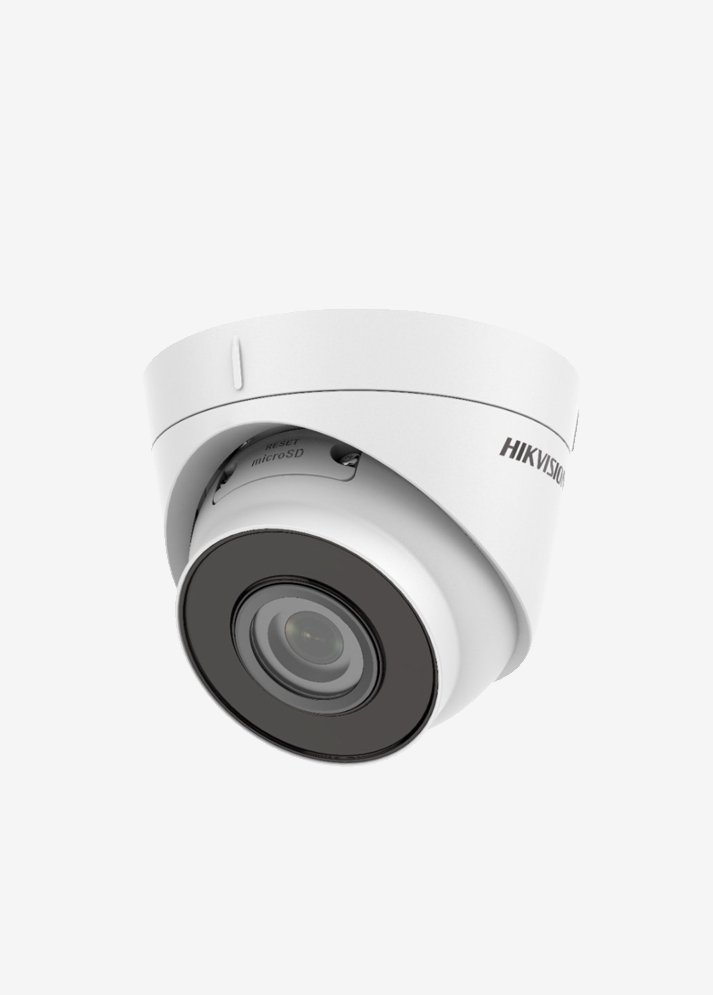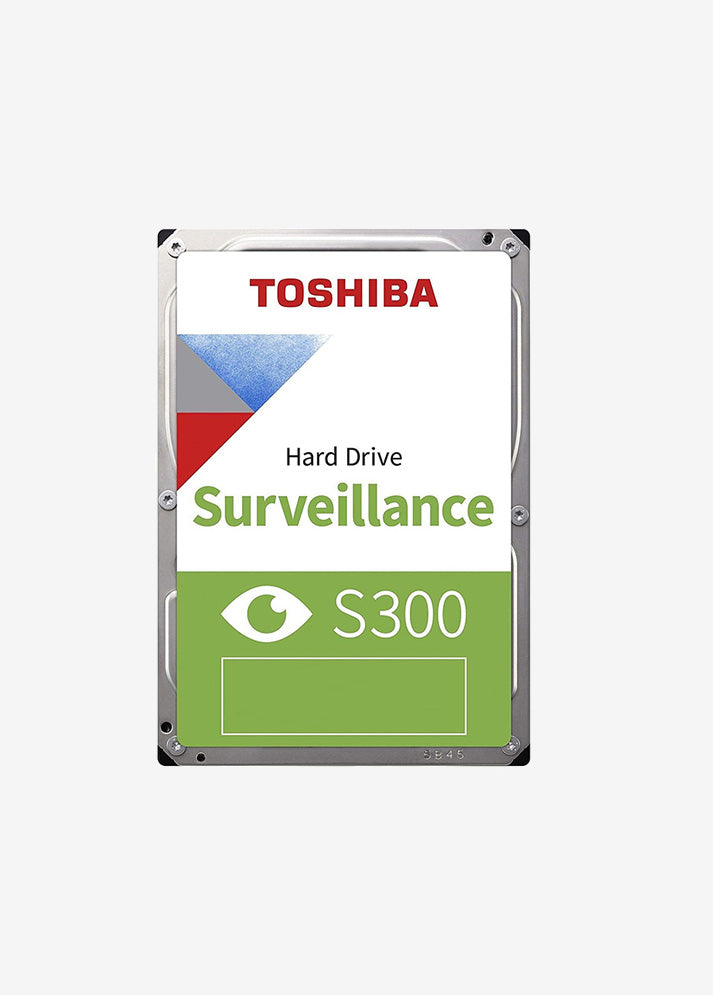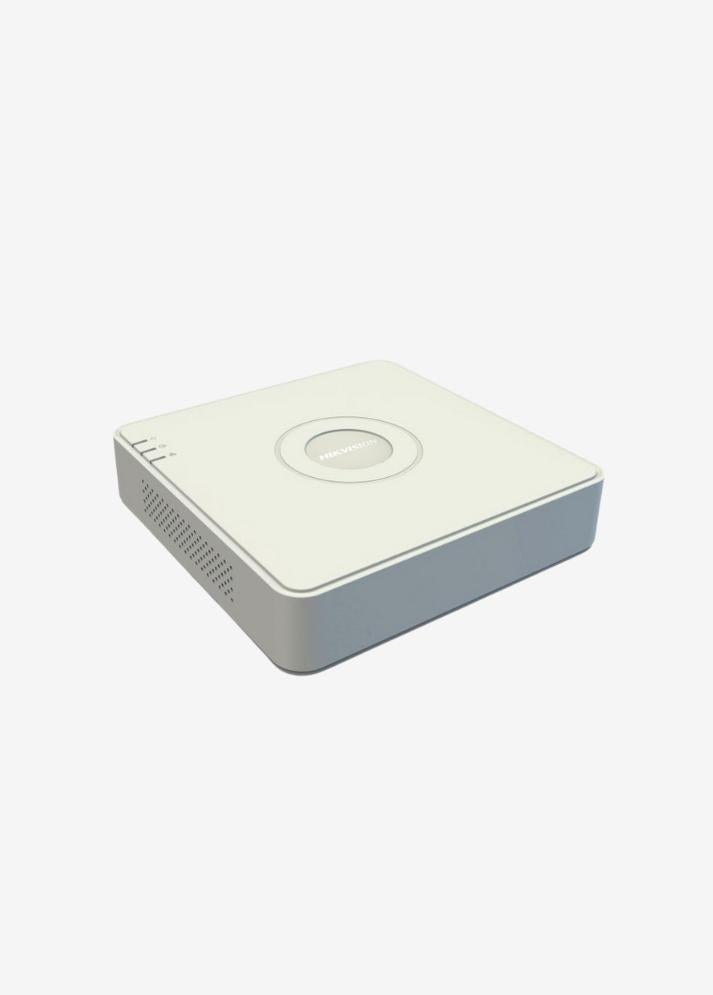Modern fire alarm systems are multi-layered security systems that detect the first signs of fire (smoke, heat, flame, gas, etc.) and provide early warning , often integrated with smart software .
These systems not only sound sirens, they also:
-
Can give command to the building automation system (ventilation closing, door locking/unlocking),
-
Can activate extinguishing systems,
-
You can inform security personnel or the fire department,
-
It may direct people to evacuate.
⚙️ Basic Components of Modern Fire Alarm Systems
1. Smart Control Panel (Fire Alarm Switchboard)
✔ It is the brain of the system.
✔ Processes the signals from the detectors, determines the alarm level, and triggers the relevant systems.
✔ Can be modular, zoned or addressable.
2. Detectors (Detection Units)
-
Smoke Detector: Measures the particle density in the environment.
-
Heat Detector: Detects sudden temperature increase or threshold temperature.
-
Flame Detector: Detects UV and IR rays and detects open flames.
-
Gas Detector: Detects flammable gases such as CO, LPG, methane.
-
Aspirating Detector (VESDA): Detects smoke at the micron level by continuously sampling the air.
3. Alarm and Warning Devices
✔ Sirens and flashing lights provide audible and visual warnings in case of an incident.
✔ Guidance can be provided by integrating with voice evacuation systems.
4. Buttons with Indicators
✔ Allows manual alarming.
✔ Usually found in stairwells and emergency exits.
5. Advanced Software and Integration
✔ It works fully integrated with systems such as SCADA, BMS, CCTV, access control.
✔ The location of the incident can be shown on the map with graphical interfaces.
🧠 Features of Modern Systems
✅ Addressable Building
Each detector has an address. When a fire signal arrives, the exact location from which it originates is determined.
➡ Advantage: Pinpoint intervention, rapid evacuation, ease of debugging.
✅ Smart Detection (False Alarm Prevention)
New generation detectors can distinguish between elements such as smoke, dust and steam.
➡ Advantage: The risk of false alarms is significantly reduced.
✅ Remote Monitoring and Management
Systems can be monitored and controlled via mobile/tablet/PC over the internet or local network.
➡ Advantage: Management of multiple buildings from a single center.
✅ Self-Test
Some detectors perform automatic testing at regular intervals and notify you of the need for maintenance.
➡ Advantage: Human error is reduced, continuity is ensured.
🏢 Where is it used?
Modern fire alarm systems are mandatory or recommended in the following structures:
-
Hospitals and healthcare facilities
-
Hotels, dormitories, guesthouses
-
Shopping malls and business centers
-
Industrial facilities and factories
-
Warehouses, logistics centers
-
Schools, universities
-
Power plants, ships, airports
🛠️ Things to Consider During Installation
✔ Risk Analysis Should Be Done: Each building's risk level, purpose of use and escape plan are different.
✔ Choosing the Right Detector: For example, in the kitchen, a heat detector should be preferred, not a smoke detector.
✔ Cable Type and CPR Compliance: Fire-resistant, low-smoke cables should be preferred.
✔ Regional Isolation: When a fire is in one area, it must be ensured that other systems are not affected.
✔ Battery Backup: Battery systems must provide at least 24 hours of support in case of power outages.
✅ Advantages
✔ Detecting fire at an early stage
✔ Minimizing the false alarm rate
✔ Pinpoint detection and rapid intervention
✔ Ease of evacuation with smart integrations
✔ Full compliance with legal regulations
✔ Long-term safety of life and property
📌 Result
Modern fire alarm systems are not just a fire warning system; they are an integrated security solution. These systems protect human life while also ensuring business continuity and investment security.
You can't stop a fire, but you can prevent it from spreading by detecting it early. This is only possible with a smart, modern, and properly installed fire alarm system.











